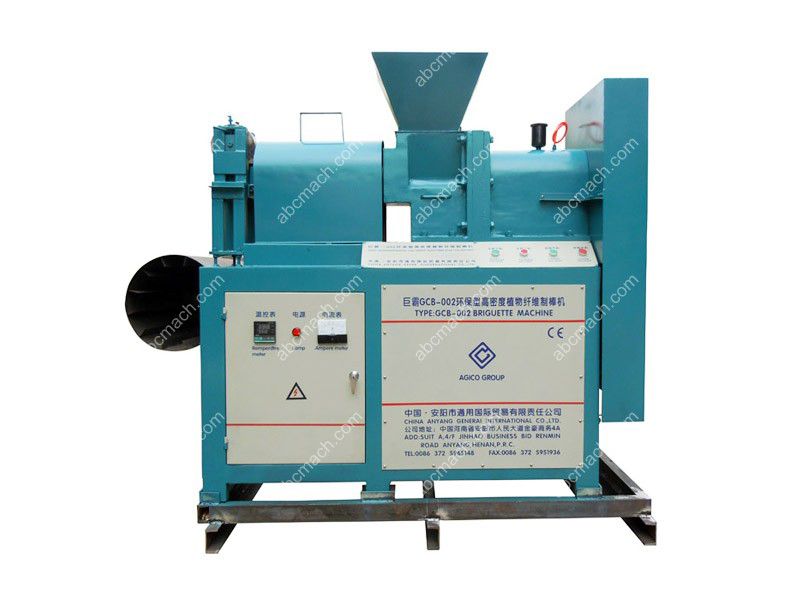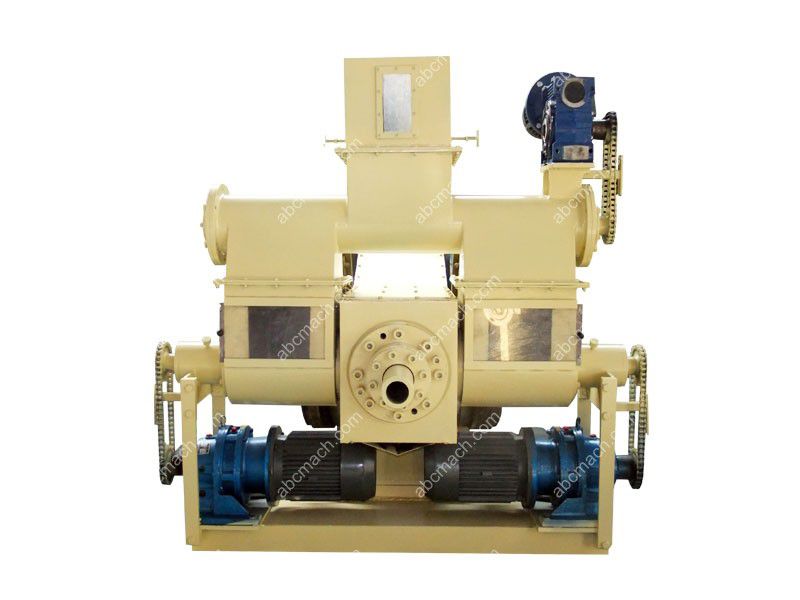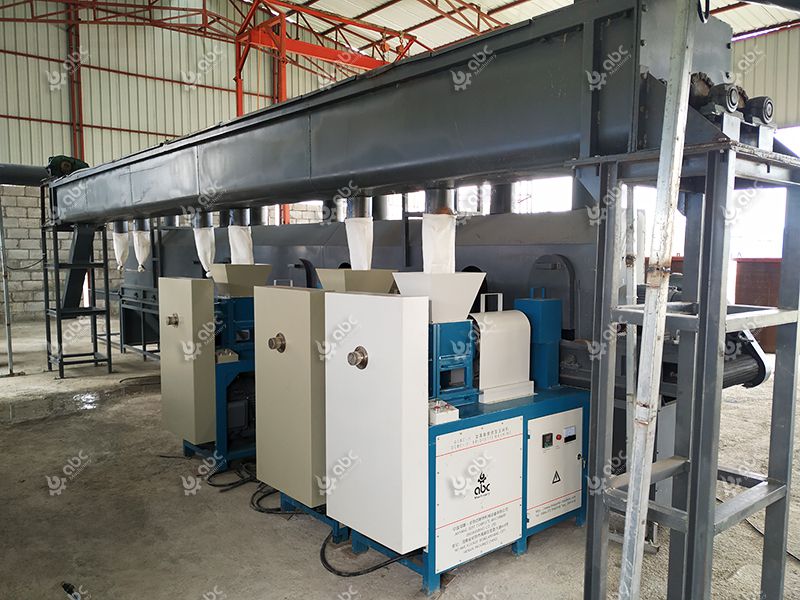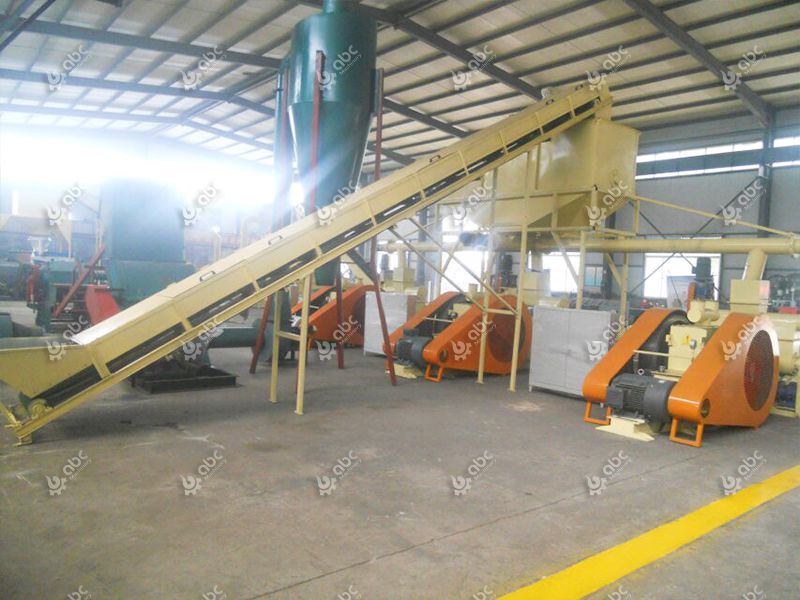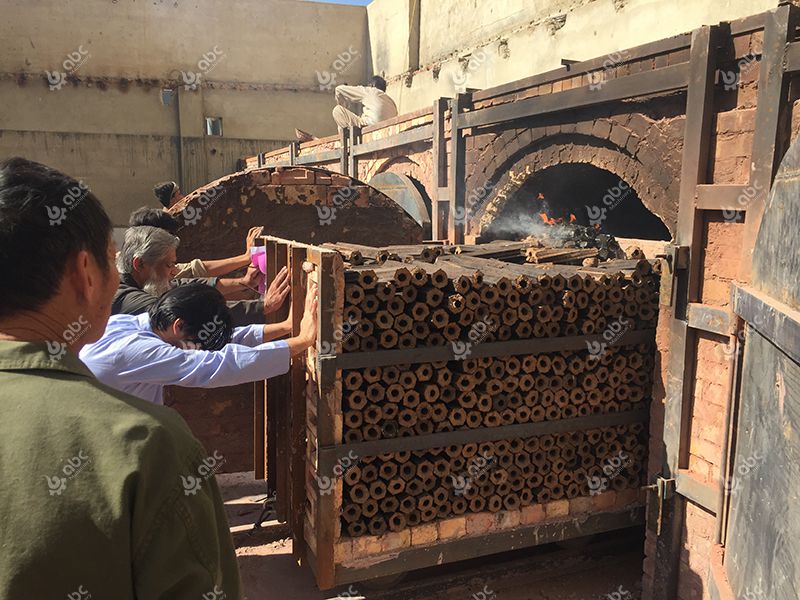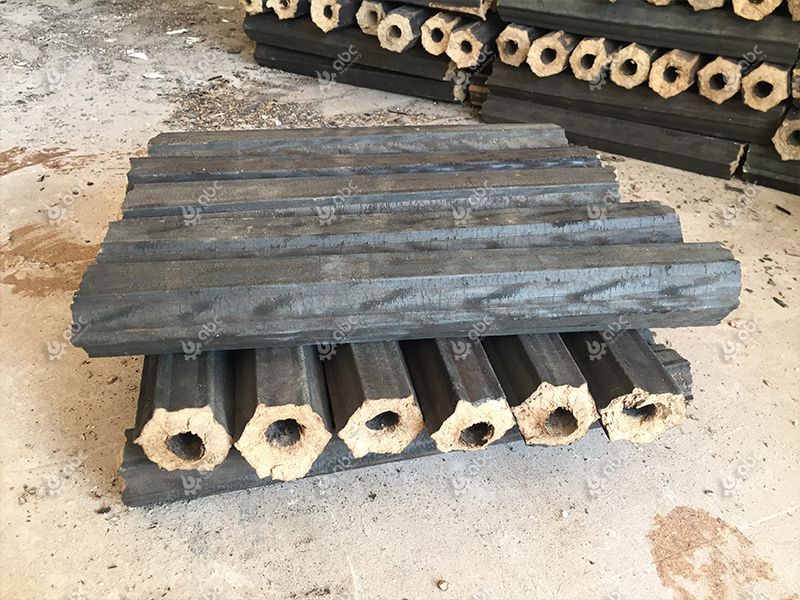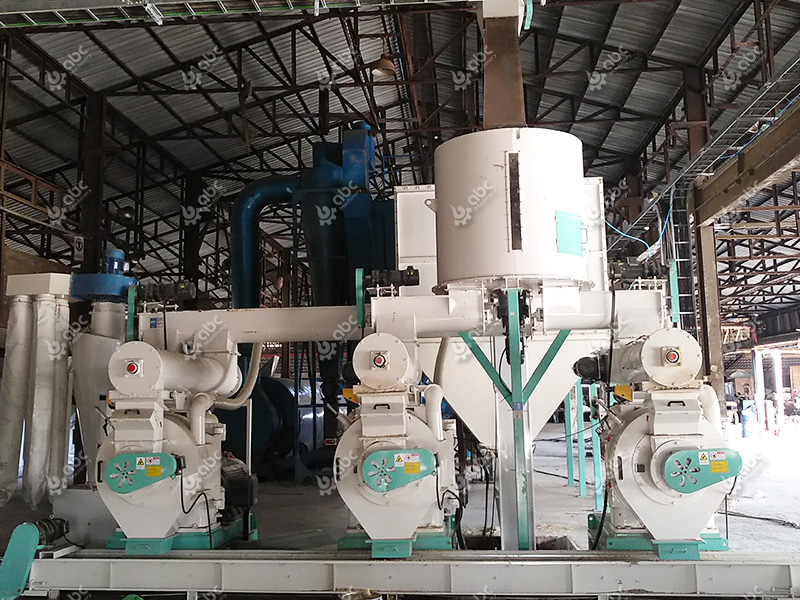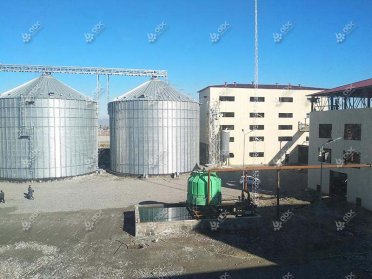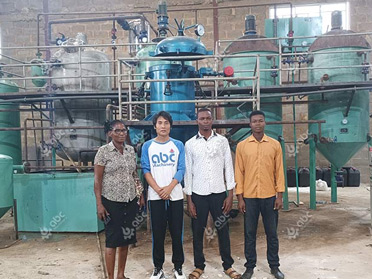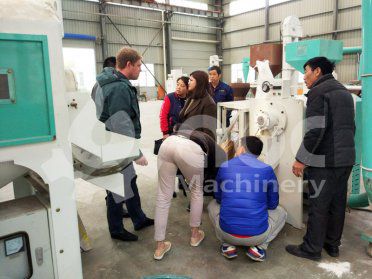
Start Business in Biomass Fuels Industry
After more than a decade of practical exploration, the versatility and irreplaceability of biomass pellets and biomass briquettes has become prominent in the economy. The prospects for biomass energy development are incomparably broad, and in the coming period, biomass energy is bound to usher in explosive and rapid development. If you are interested in biomass energy industry, now is the right time to invest on wood pellet business or biomass briquette business. If you are not sure or don’t have too much money, just start from setting up a small scale pellet mill plant or briquette production line.
Here, we mainly talk about biomass briquettes manufacturing, more detailed wood pellet production knowledage, please see more about biomass pellet mill plant.
What is the Briquettes Making Process and Machines?
Before starting briquette manufacturing, you need to make sure you are accessible to biomass raw materials at cheap price, which also takes up part of the investment cost. Generally, we do highly suggest to choose the cheap and easy to get raw materials.
Raw Materials for Briquettes Manufacturing
There are a lot of plant waste that are great raw materials for briquetting, like sugar cane bagasse, cotton stalk, straw, wood wastes, sawdust, grass, coffee husk, rice husk, corn stalk, waster paper, groundnut shell, etc. (Latest news: 2TPD Wood Briquette Plant Shipped to Lebanon >>)

Biomass Raw Materials for Briquetting
Briquette Making Machines for Sales
ABC Machinery offers two types of briquette machines for sales. One is screw briquette press that can produce briquettes with hallow, the other is punching briquette machine for cylinder briquettes. For more detailed information, like price, capacity and technical parameters, just contact our engineers.
Our briquettes making machines have been sold to South Africa, Kenya, Pakistan, Nigeria, Cyprus, Canada, Australia, Thailand, etc. If you are happen to start your business in these regions, just don't forget to contact us see the biomass briquetting plant project setup by us, we are happy to provide you with business plan, equipment selection, factory design, project cost estimation, instructions on installation and commissioning, and so on.
Briquettes Manufacturing Process
The whole process of making briquettes normally consists of three parts, including crushing, drying, briquetting.
- Crushing
The first step is crushing. In the production of briquettes, the crusher is used to crush the raw materials, which is for facilitates the subsequent processing and shaping. When the particle size of the raw material is too large, the screw briquette machine has high energy consumption and low output, so generally, the wood chips with a uniform particle size of less than 5mm are used; for the stamping briquette machine, it is suitable to have a larger size of raw materials, and if the particle size is too fine, the molding will not good. In this case, the raw materials need to be adjusted in size. And there are many raw materials suitable for making briquettes, such as stalks, straws, shells, sawdust, wood shavings and chips, branches, waste paper, and chopsticks. So a crusher is of the essence.
- Drying
The second step is drying. To make high-quality briquettes, it is important to dry the raw material to certain moisture content. The briquette is good or bad not only depends on the briquette machine equipment and process, but also depends on the water contained in the raw material. The moisture content of raw materials is generally required to be less than 12%, but also greater than 8%. If the raw material is too wet, the produced charcoal is prone to bending and fracture after carbonization, besides, it will lead to the appearance of transversal cracks; If the raw material is too dry, it will lead to the appearance of longitudinal cracks. Therefore, our second step is to dry the raw materials. When drying the raw materials, we can first put the raw materials with high moisture content in the open-air drying field to evaporate the surface water, to reduce the heat drying time and fuel consumption.
- Briquetting
The third step is briquetting. Charcoal making machine or charcoal briquette machine is the key equipment for charcoal making. In this process, well-prepared biomass materials will be compressed into the rob shape. The end product of this process is semi-finished charcoal (only the surface of the briquettes is highly carbonized). Since the compressed briquettes we get here are not carbonized completely, we also call these semi-finished charcoal biomass briquettes. In the process of making briquettes, the temperature should also be controlled. When different raw materials are used to make briquettes, there will be different suitable temperatures. Customers need to adjust for finding the most suitable temperature. The temperature can control the softening degree and viscosity of the raw material. If the temperature is too low, the viscosity of the raw material is too low, and the briquettes will break. If the temperature is too high, the raw material will be too softened, and the produced briquettes will not meet the requirements. Generally speaking, the surface of the briquette is yellow-brown, and the surface is smooth and free of cracks, which proves that the temperature is suitable. Briquette making is mainly divided into screw making, stamping making, and hydraulic making, only the screw making requires the last step: carbonization.
Charcoal Briquette Manufacturing Process
If you are going to produce charcoal briquettes, carbonization is the last process. However, not all the briquettes are suitable for carbonization, only hallow briquettes that are made by screw briquette machines can be turn into charcoal briquettes by carbonization process.
- Carbonization
The entire carbonization process consists of three parts: pre-carbonization, carbonization, and refining.
Put the briquettes in order into the kiln. After the chimney is smoking, close the other vent hole on the kiln door and the bottom vent hole shall be opened to maintain proper air circulation. When the kiln temperature rises gradually, the water in the briquette evaporates, and the water is discharged together with the flue gas. The hemicellulose in the briquettes decomposes, and the exothermic reaction occurs so that the kiln temperature continues to rise, and then the cellulose and lignin are decomposed. After the temperature rises to 300℃, limited by the air circulation, the carbonization progresses slowly, the heat generation and heat dissipation are equal, so the kiln temperature is maintained at about 300℃, and the chimney discharges white smoke to yellow smoke, and finally to green smoke, which indicates the pre-carbonization is completed.
After the green smoke is discharged from the kiln, the chimney should be closed, and the ventilation volume of the kiln door should be gradually expanded, so that the briquette is further carbonized, and a large amount of combustible gas is generated. These combustible gases are supported by air to raise the kiln temperature to 500℃. Then the carbonization is complete.
When the kiln temperature rises to 500℃, the ventilation volume of the kiln door increases, which can cause fire, and a large amount of combustible gas produced by carbonization of the material is fully combusted with the air, generating a kind of pumping force, which makes the primary briquettes spontaneously remove hydrogen and oxygen and aromatize. During the process, the organic gas flows away quickly, resulting in vacuum suction, and the kiln temperature is further increased to 650 ~ 700 ℃, which causes the organic matter in the primary briquettes to be rapidly lost (reduced), the volume shrinks, and the fixed carbon content increases. Then the refining is complete.

 Build Your Future!
Build Your Future!
